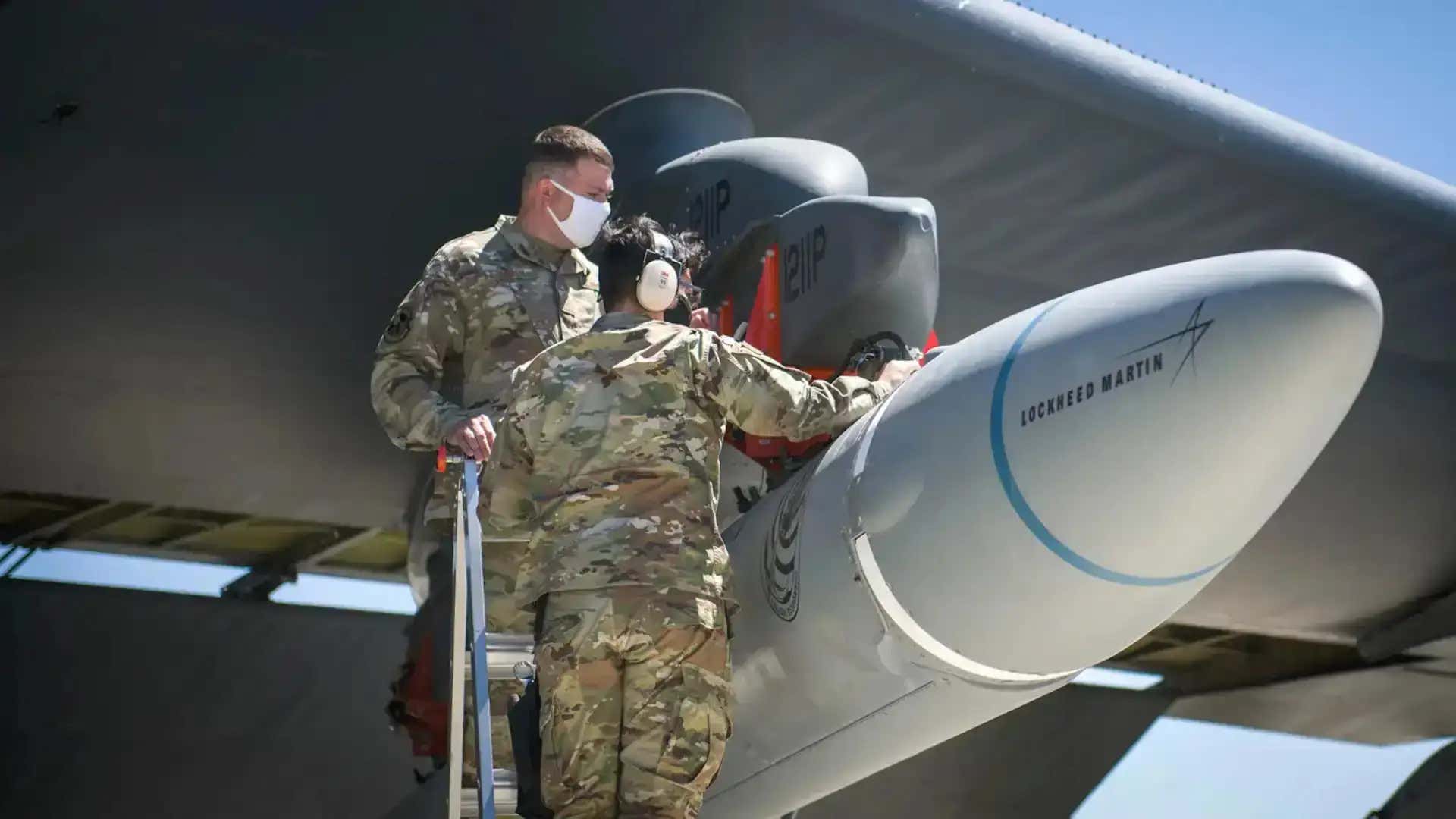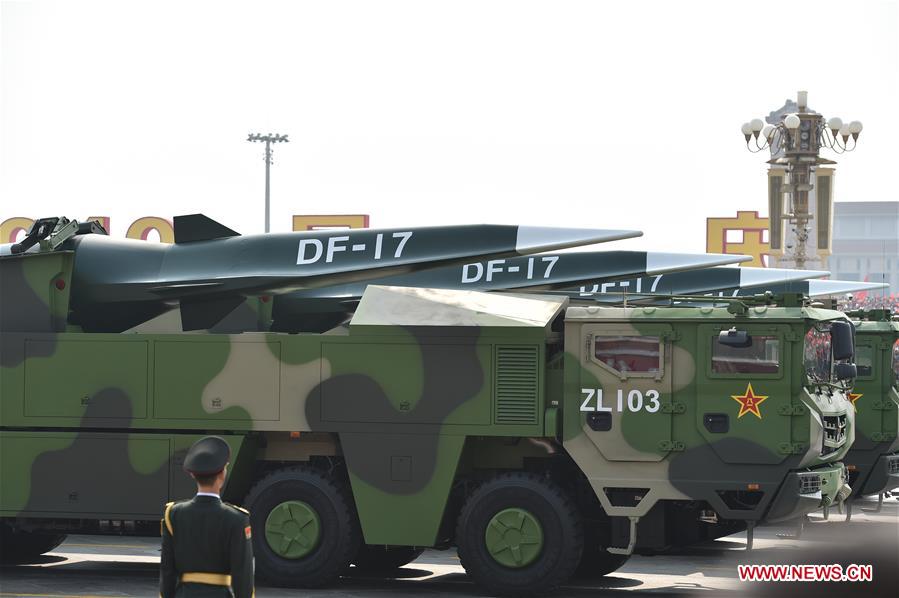After successive test failures, the US Air Force’s plans to acquire its first hypersonic missile have hit a new hurdle. Congressional appropriators cut funds for the service’s major hypersonic weapons program in a new fiscal 2022 omnibus spending bill.
The compromise spending bill, which was introduced and passed on March 9, knocks out the $161 million US Air Force proposal for the purchase of AGM-183A Air-Launched Rapid Response Weapon (ARRW), reported Defense News.
The omnibus bill would eliminate half of the acquisition funding proposed by the Air Force for ARRW. It also shifts $80 million, the other half of the funds, to the Air Force research and development account to make up for an ARRW “testing shortfall”, the report said.
“Due to recent failures and delays in testing that have extended the ARRW program schedule and put a first production lot contract at risk for [the] award in the fiscal year 2022, no procurement funds are provided in this Act for ARRW,” a statement in the bill reads.

The Air Force will receive almost $319 million in research, development, test, and evaluation funds for the ARRW program and $190 million for its Hypersonic Attack Cruise Missile, or HACM, program.
ARRW, the in-development boost-glide air-to-ground hypersonic missile, has had a number of test failures. The missile failed in its third test in December last year when the launch was stopped for unknown reasons.
Previously, it had faced a setback in April 2021, when its booster was unable to complete its launch sequence owing to a component failure. Then, on July 28, 2021, ARRW’s engine did not ignite after launch, resulting in a failed test.
Concerns Regarding ARRW
In recent months, Air Force Secretary Frank Kendall has raised doubts about whether the service has done enough research to assure it is investing wisely in the technology.
He believes that the Pentagon should ask pointed questions about how it intends to employ hypersonic and whether there are better methods to achieve those goals. It should not immediately dedicate large resources to match China’s weapons advancements.

Kendall stated at the McAleese Defense Programs Conference in Washington on March 9 that ARRW contractor Lockheed Martin recently informed him that the company was working through testing challenges and would be ready for another test soon.
“ARRW still has to prove itself,” he said. “So we need to do that, and we also need to take a larger look at what’s the right mix for the future. What are the things that will need investment?”
In an interview with Breaking Defense in January, Brig. Gen. Heath Collins, the Air Force’s program executive for weapons, expressed optimism that the service would be able to accomplish ARRW flight tests in time for production to begin this year, despite the fact that multiple test failures last year had put the program under tight schedules.
Hypersonic Development Program
Last month, US Secretary of Defense Lloyd Austin held a high-profile meeting with the CEOs of America’s leading defense corporations in an effort to advance the US’ hypersonic weapons development program.
The meeting’s goal was to emphasize the need of developing hypersonic weapons, as there is widespread skepticism that the United States has already been surpassed by China and Russia in this domain.
The discussion comes after a string of failed US hypersonic weapons tests, whereas China and Russia have successfully tested and perhaps fielded such weapons. For instance, days before the Ukraine invasion, Russia had stationed a MiG-31K ‘Foxhound’ fighter jet armed with a Kinzhal hypersonic land-attack missile in Kaliningrad along the Baltic Coast.
When acquired, the AGM-183A ARRW will become to become the country’s first hypersonic weapon in service. The US military is also running other hypersonic programs.
The US Army intends to deploy the Long-Range Hypersonic Weapon (LRWH) next year. The Army has already placed the ground support equipment required for its first hypersonic missile unit.
/arc-goldfish-mco-thumbnails.s3.amazonaws.com/03-20-2020/t_9977cc4f7f1f4e8e9b7ff8f5868567ad_name_6145629_scaled.jpg)
The US Navy also intends to deploy its Conventional Prompt Strike (CPS) hypersonic missile on three Zumwalt-class destroyers. Last May, the US Navy successfully demonstrated the CPS missile’s hypersonic booster.
On the other hand, China demonstrated a hypersonic glide vehicle on a rocket last July, which traveled through low-orbit space and toured the world before hitting within a few dozen miles of its target. It is believed that China has been performing Hypersonic weapon tests since 2014.
Russia conducted its Zircon hypersonic missile test from a warship for the first time in January 2020. It was then followed by three additional tests in October, November, and December of that year. The Zircon has already been shipped to the Russian military, with deliveries expected to be finished in 2025.
Apart from this, Russia has two major hypersonic weapons — Avantgarde, a nuclear-capable, hypersonic boost-glide vehicle, and Kinzhal.
- Contact the author at ashishmichel@gmail.com
- Follow EurAsian Times on Google News




